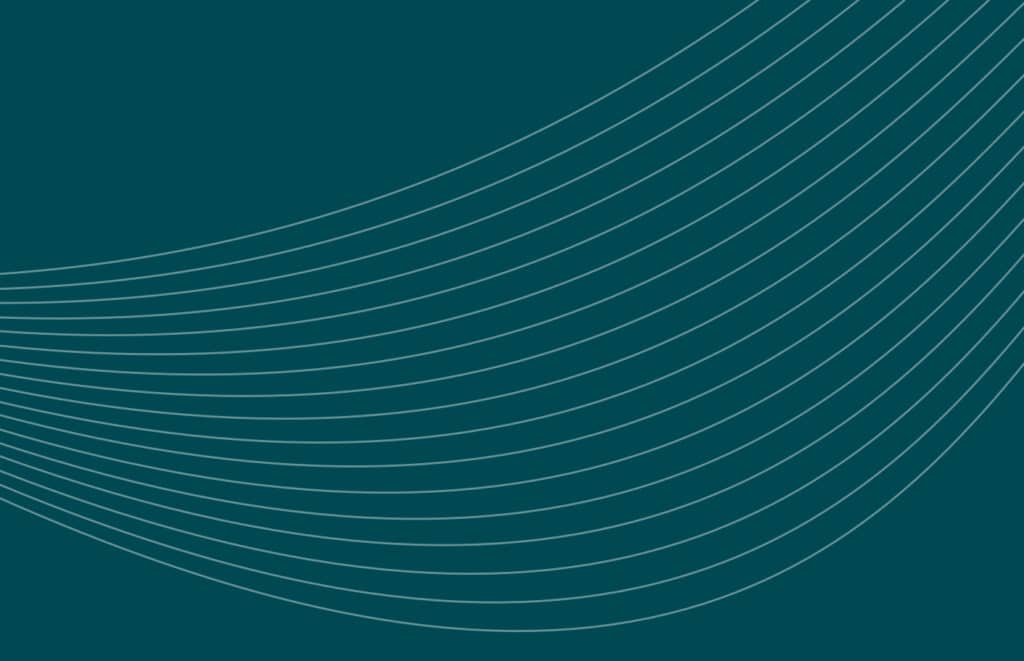Table of Contents
In a recent blog post, we shared how the Zylo team wanted to hear directly from other CEOs and CFOs think about SaaS in their own organizations. So we created a series of blog posts where we detail interviews from 5 veteran software executives and explore what they believe the future of cloud software will hold.
Each week for the next 4 weeks, we’ll share a portion of each of the interviews. In this week’s post, we’ll highlight Amanda Lannert, CEO of Jellyvision, and will share what she believes the future of the subscription economy will look like. Miss last week’s recap? Check out what Andy MacMillan, CEO of Act-On Software had to say.
How Jellyvision See Itself In The SaaS Space
SaaS is incredibly important to Jellyvision as the company itself sells software that automates an experience of having a 1:1 conversation with a human being. Most importantly, the platform actually scales with an organization, no matter how large it becomes, which is why its SaaS delivery and pricing model is crucial. Amanda explained that very few companies can have 1:1 conversations with all employees about important conversations like selecting the right health insurance plan or giving guidance on how to save for retirement. “It’s just simply not possible to scale human conversations in that way,” said Amanda. Jellyvision sells software that helps companies get a high touch experience at scale in an affordable way. Because of SaaS, both as a buyer of subscription-based software and a seller themselves, Jellyvision is leaner and faster, even while they’re growing at breakneck speed.
Jellyvision as a SaaS Buyer
For Jellyvision, subscription-based software spend is one of the top line items for the business. Amanda explained:
“We are not a manufacturing company. We have human beings and Apple machines. Besides that, we are investing in systems that make those humans better connected and smarter. We’re not investing in fixed costs, so our expenditures are really focused on humans and small machines. Jellyvision is growing at about 100 people each year, so we’re looking for all kinds of ways to automate what we used to do manually. It’s challenging to hire great people all the time. So rather than lower our standards, we look to our software to outsource what otherwise we’d have people doing.”
What is the Future of the Subscription Economy?
When we asked Amanda how the future of SaaS will change, she shared, “I think that the big enterprise systems like ERPs that used to be for companies with 10,000+ employees will come down market and we’ll really see an explosion of technology directed towards the mid market. We’ll start to manage our people in a CRM, from benefits to performance reviews to finance and HR and even customer success. All of these functions will soon have the power and tools to manage their ecosystems with the same kinds of solutions the sales team has always had. Eventually, every team will have tools to make real-time decisions with great data.”
Buyers have so many options in today’s technology-driven landscape. When we asked how this applies to Jellyvision, Amanda replied, “Our strategy is this: we’re very cognizant of data. We believe that the real value is in the ‘So what?’ We’re collecting a ton of data, but we also care what our customers do about it, sort of like cause and effect. Just having lots of data isn’t helpful if you don’t know what to do next. Our products show people how to take action, which we believe is the biggest differentiator of all.”

